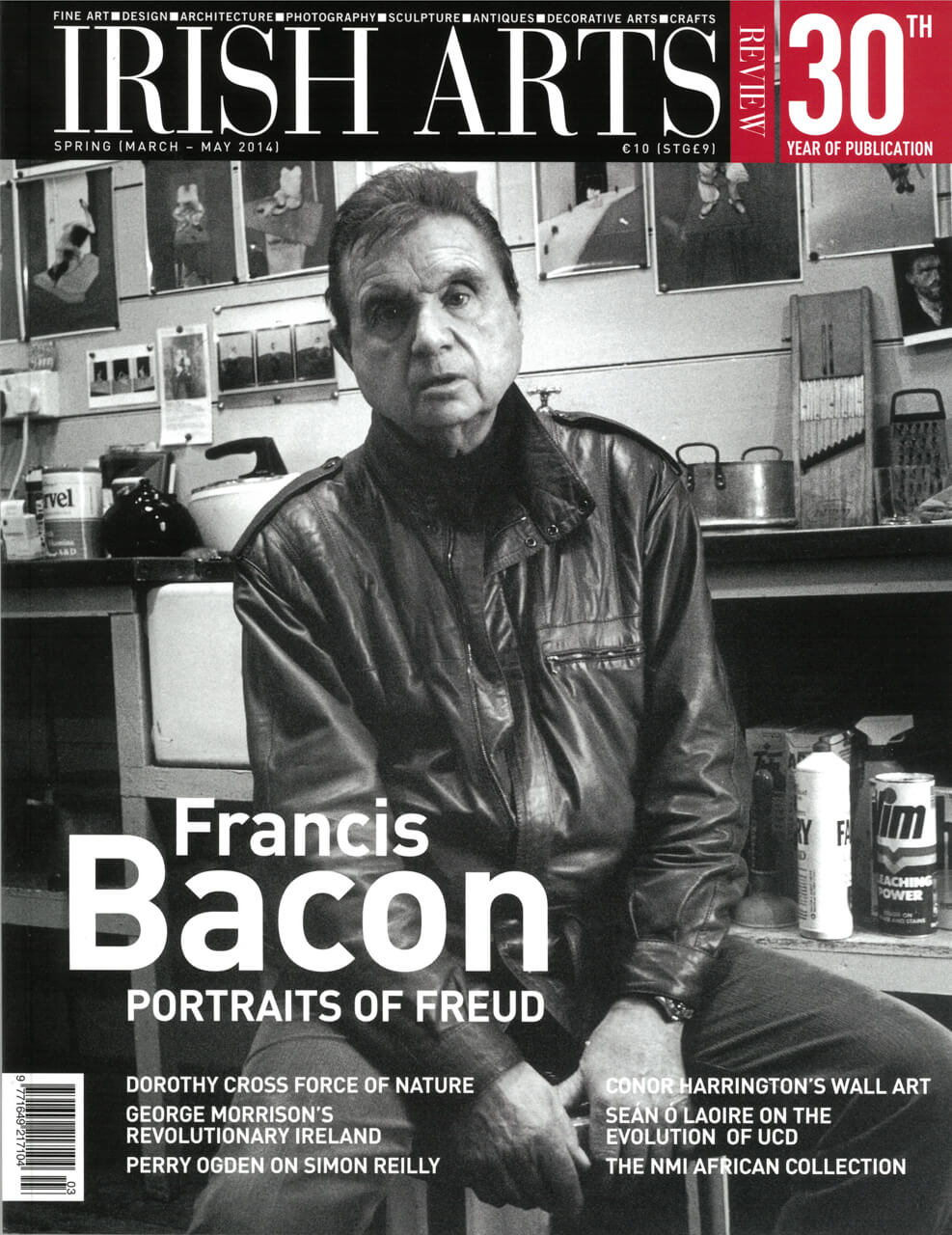
 JAMES STEVENS CURL
JAMES STEVENS CURL
Historical Publications, 2013
pp 132 fully illustrated p/b
£20.00 ISBN: 978-1-905286-48-5
Kevin V Mulligan
Although Armagh is the pre-eminent ecclesiastical site in Ireland, it is surely one of the most overlooked in architectural and artistic terms, making this compendium which treats the funerary monuments in St Patrick’s Cathedral a very welcome contribution to a worthy, if neglected place. The site originated its significance in pre-history centuries before the reputed foundation of a church here in the 5th century by Patrick whose cult was so successfully promoted over the centuries. Its authority was affirmed by the burial here of Brian Boru, and it remains today the capital for the island’s two largest Christian Churches whose cathedrals still dominate the historic skyline.
The low-lying silhouette of the medieval cathedral, utterly circumspect compared to its triumphalist twin-spired counterpart, which occupies its own hilltop nearby, has undoubtedly contributed to its being largely ignored by scholars. Rebuilt and restored many times and heavily reworked in the early 19th century, it presents a rather clean uniform appearance that belies its real antiquity and interest; the snobbish disdain amongst modern antiquarians towards Victorian restorers has of course also contributed (it is perhaps fitting then that the foreword for this book has been written by Janet Myles Spencer, the authority on the work of Lewis N Cottingham who carried out the restoration in the 1830s).
Professor Curl’s book begins by introducing the Cathedral and its fabric, with an excellent, well illustrated summary of its rather complicated evolution, including a balanced account of Cottingham’s restoration and later alterations. Preceded by a useful plan, the monuments themselves are treated in subsequent chapters, listed sequentially and well illustrated so as to reveal a truly impressive collection which rightly deserves to be better known. These range from the dramatic 17th-century monuments to the Charlemont family in the Chapter-Room – ‘rumbustiously coloured‚’ representing ‘a startlingly cheery outburst of family pride in otherwise sober surroundings‚’ – to Roubiliac’s exquisite Baroque statue of Sir Thomas Molyneux and Rysbrack’s recumbent effigy of Dean Drelincourt ‘a masterpiece of the Baroque style‚’ on a sumptuously gadrooned base. Works by Chantry, Bacon, Smyth, Farrell, Marochetti also feature as does a newly discovered monument by Simon Vierpyl, now sadly broken up.
Throughout, Professor Curl’s scholarly text is lively and deeply engaging. That this study began as a promise made to his father after visiting the Cathedral in 1957 clearly results in a passionate work that reminds us that monuments commemorate life not death, and that the ‘worthies who form the hallowed mold below‚’ are truly brought alive along these ‘walls where speaking marbles show‚’. Copies can be ordered direct from the author’s website.
Kevin V Mulligan is an architectural historian, and author of The Buildings of Ireland South Ulster: Armagh, Cavan and Monaghan.



